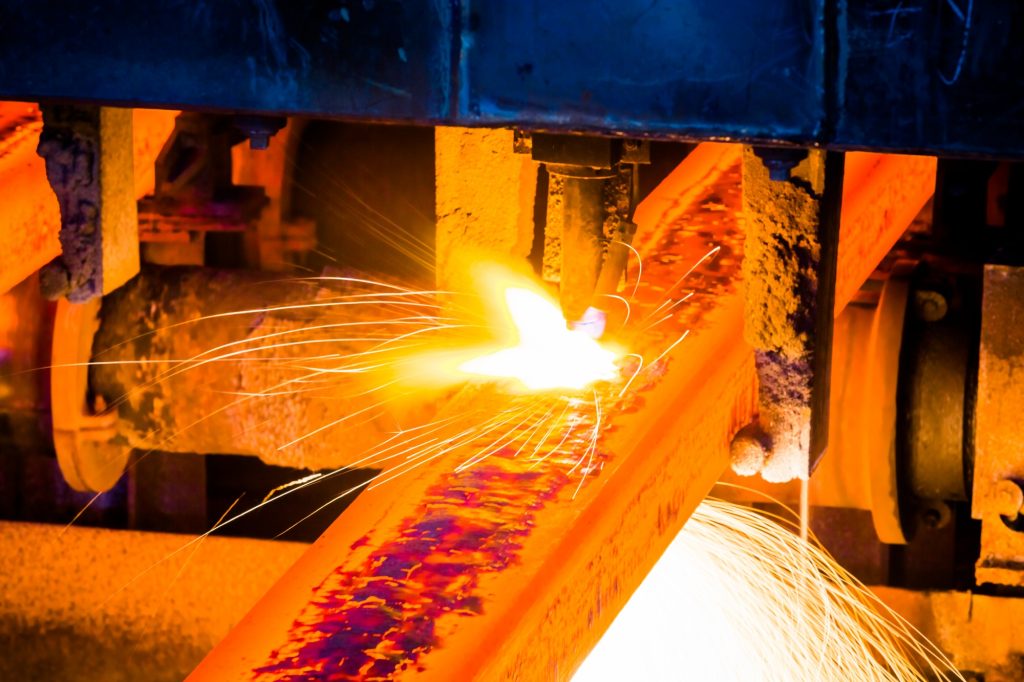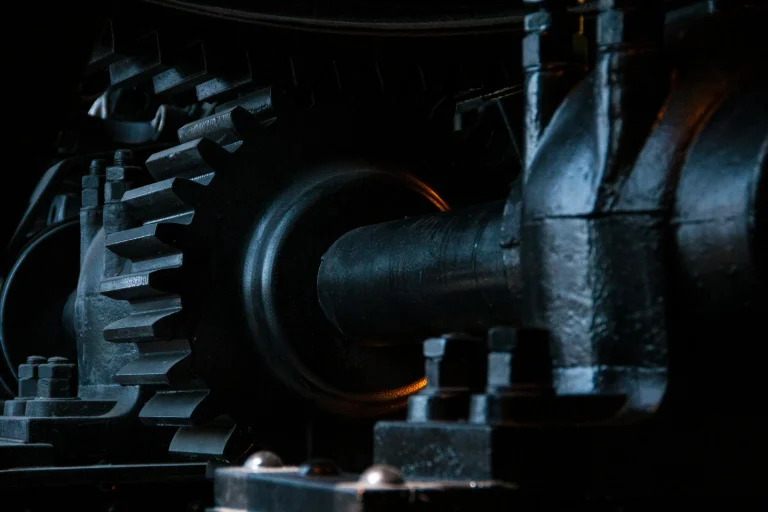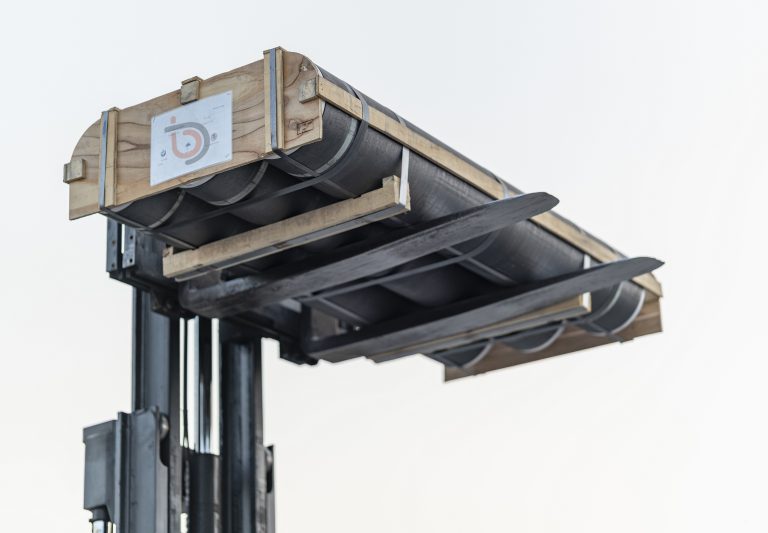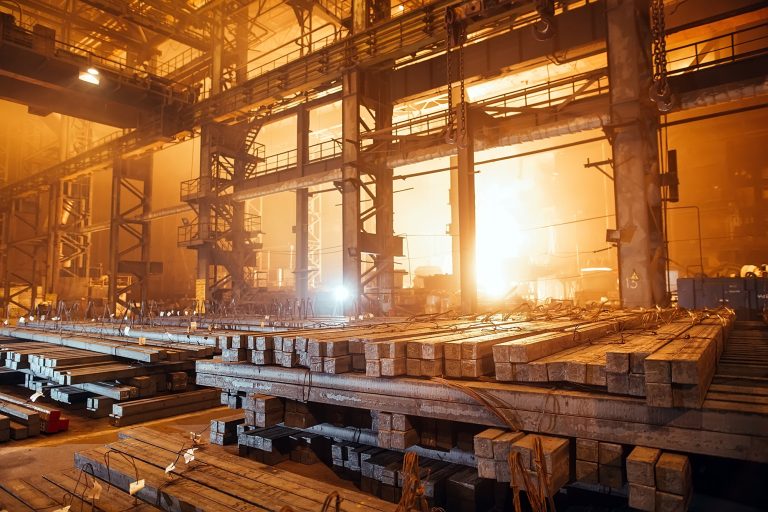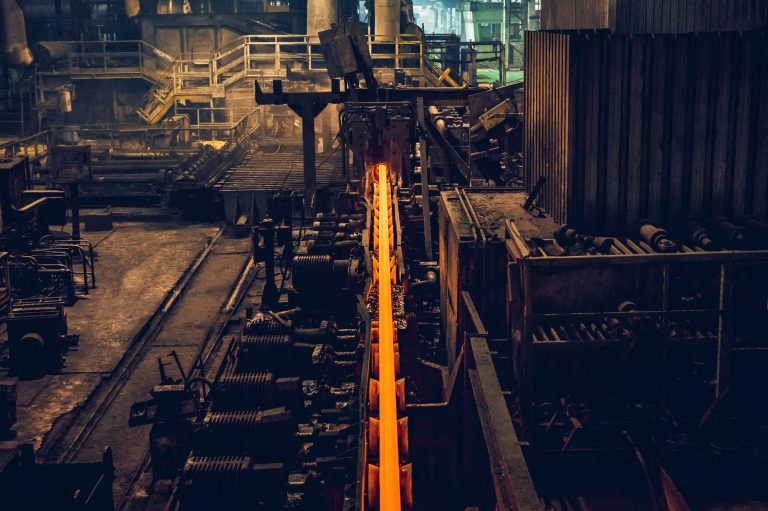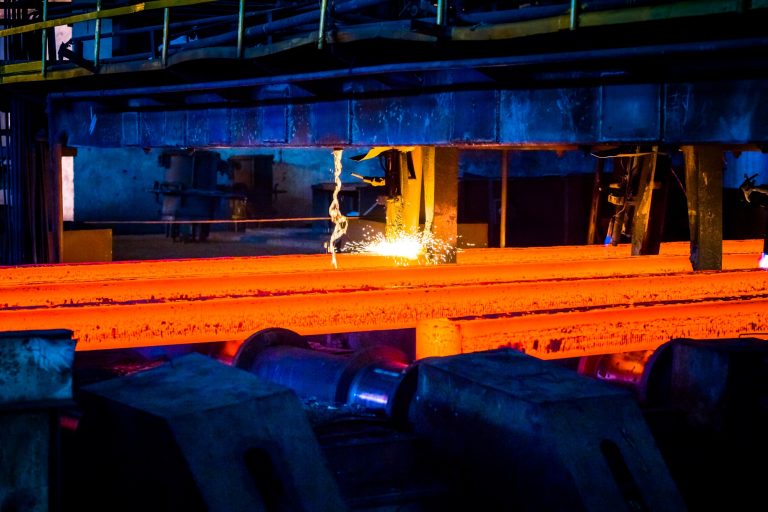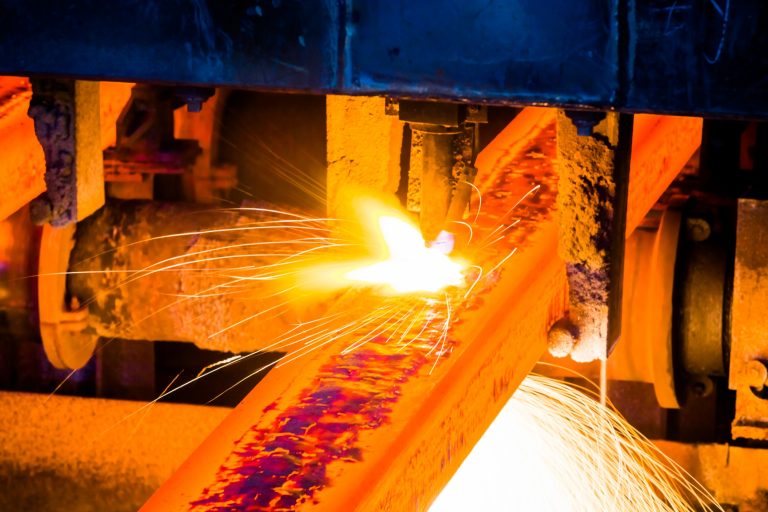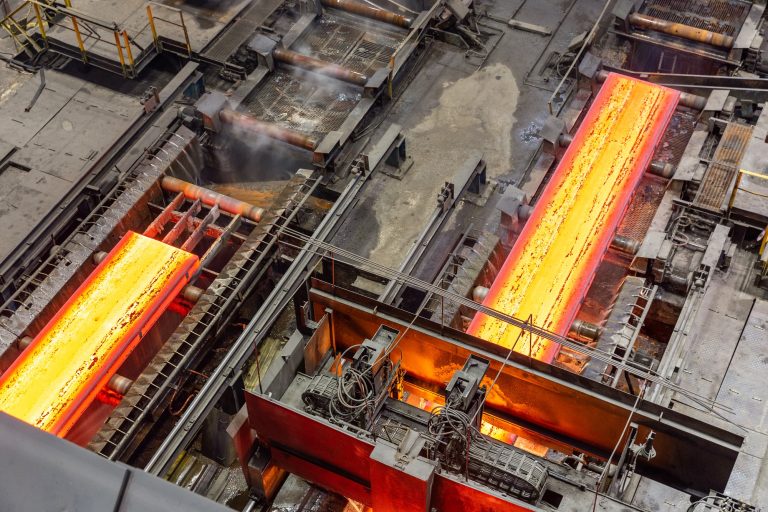Graphite electrodes play a crucial role in the steel industry, where they are used in a variety of applications, including arc furnaces, ladle furnaces, and electric resistance furnaces. Each of these applications requires a different grade of graphite electrode, based on specific characteristics like thermal conductivity, electrical conductivity, density, and oxidation resistance.
For example, in arc furnaces, high power graphite electrodes are used because of their high thermal conductivity and low electrical resistance. In ladle furnaces, smaller and more precise graphite electrodes are used because of their ability to produce accurate and controlled melting. Meanwhile, electric resistance furnaces require graphite electrodes with high density and good thermal shock resistance to withstand the high temperatures and rapid cooling cycles.
Understanding the different applications and the appropriate grade of graphite electrode required for each one is essential for efficient and effective steel production. A knowledgeable and experienced supplier of graphite electrodes can help provide the right grade for each specific application, ensuring optimal performance and cost efficiency.
Regular Power Graphite Electrodes: These are the most commonly used type of graphite electrodes and are suitable for applications where there is low electrical resistance, such as in electric arc furnaces used for steelmaking. Regular power graphite electrodes have moderate thermal conductivity, which makes them suitable for use in applications that require moderate power inputs.
High Power Graphite Electrodes: These are designed for use in applications where there is high electrical resistance, such as in ladle furnaces. They have higher thermal conductivity than regular power graphite electrodes, which makes them suitable for applications that require high power inputs.
Ultra-High Power Graphite Electrodes: These are the most advanced type of graphite electrodes and are designed for use in applications that require extremely high power inputs, such as in electric resistance furnaces. They have the highest thermal conductivity of all grades of graphite electrodes, which makes them suitable for use in applications that require very high power inputs.
The properties of each grade of graphite electrode, such as thermal conductivity, electrical conductivity, density, and oxidation resistance, can affect their performance in specific applications. For example, regular power graphite electrodes have lower thermal conductivity than high power and ultra-high power graphite electrodes, which makes them less suitable for applications that require high power inputs. On the other hand, ultra-high power graphite electrodes have the highest thermal conductivity of all grades of graphite electrodes, which makes them suitable for use in applications that require very high power inputs.
In addition to thermal and electrical conductivity, other properties such as density and oxidation resistance can also affect the performance of graphite electrodes in specific applications. For instance, high-density graphite electrodes are more durable and have a longer service life than low-density graphite electrodes. Similarly, graphite electrodes with high oxidation resistance are more resistant to oxidation and can last longer in applications that involve high-temperature exposure.
Understanding the properties of each grade of graphite electrode and how they affect performance in specific applications is crucial for selecting the right type of electrode for a given application.
